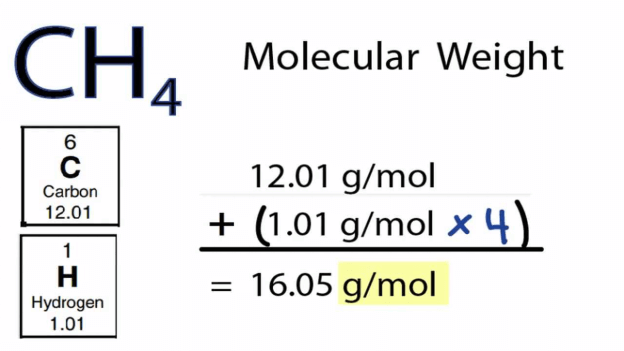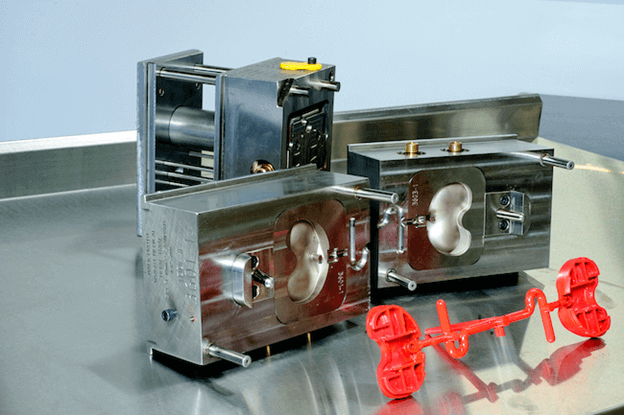
A motor is a small machine that aids in the movement of larger machines like vehicles, boats, and others of their kind. The motor is the part that is directly affected by electricity and fuel, which, in turn, helps machines function as they should. A gear motor is responsible for the functioning of gears in a car. Thus, there are two types of motors, which are a regular gear motor and stepper gear motor. They are used in different machines for a variety of purposes. In this post, we will be discussing the different types of stepper gear motors in the market and how they function.
Types of Stepper Gear Motors
Stepper gear motors, otherwise referred to as stepper motors, can be classified into two categories. The first category is according to their construction and design. In this first category, there are three types of stepper gear motors. They are;
- Variable reluctance stepper gear motors
These are stepper gear motors whose construction features a core rotor which is made of iron material. The core rotor is attracted to the stator poles of the device. This attraction helps to provide movement through the process of reluctance that occurs between the stators and the rotor.
- Permanent Magnet Stepper Motor
These are types of stepper gear motors that have permanent motors that are made from the magnet. The permanent rotor either repelled or attracted to the stator when the pulse is applied.
- Hybrid Synchronous Stepper Motor
This type of stepper gear motor is designed in such a way that it features a combination of variable reluctance as well as a permanent stepper motor.
In addition to the above, other types of stepper gears are categorized according to the way the stator winds. In this category, there are two types of gear stepper motors. They are:
1. Bipolar Stepper Motor-
A bipolar stepper motor is one whose stator coils and also one that does not have a standard wire. Driving this form of stepper gear motor is different and more complex than the latter. Another characteristic feature about this product is the fact that its driving circuit cannot be designed as effortlessly as the latter. Additionally, the driving circuit requires a microcontroller which it cannot function without.
2. Unipolar Stepper Motor
This is one of the least complex types of motors to drive. For a common ground, this type of stepper gear motor uses the center tapings as well as the phase windings. The unipolar stepper motors can also be split into different types depending on their structure.
Conclusion
The difference between a stepper motor and an electric motor is the fact that an electric one is based on standard magnet science. This means that an electric motor works similarly that magnets work. Stepper motors also do not have brushes and commutators like the vase with the ordinary ones. The other difference lies in the manner in which the stator and the rotors are constructed. Another difference between the two is the way that the motors rotate. Regardless, they are both quite functional, depending on the need and the machine in question.









